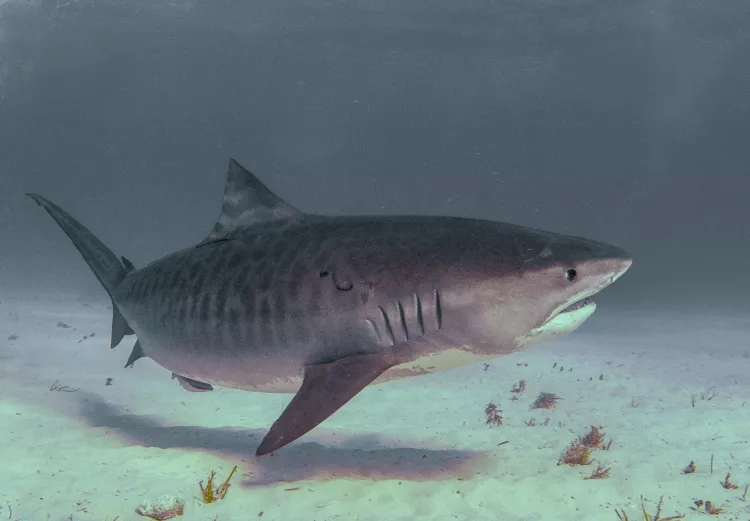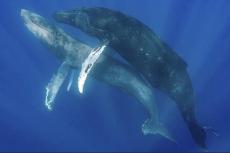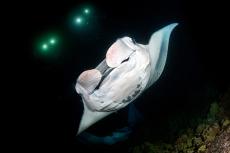Tiger sharks hunt like yo-yos
Sharks display 'yo-yo' swimming patterns during the pursuit of prey. A study conducted off Hawaii demonstrates behaviour linked to hunting techniques.
A joint research effort between the University of Hawaii at Mānoa's Hawai'i Institute of Marine Biology(HIMB), University of Tokyo, the Japanese National Institute of Polar Research and the University of Florida has shed new light on the hunting behaviour of tiger sharks.
Cosmopolitan predators with large home ranges, tiger sharks consume a wide variety of prey, often moving hundreds of kilometres between oceanic islands and far out into the open ocean to fill their resource needs.
In a study conducted off the west coast of Hawaii Island, scientists have been studying the swimming dynamics of the species by equipping four tiger sharks with high-resolution accelerometers (devices that record swimming speed, depth, temperature and acceleration) and digital still cameras. These methods allowed researchers to determine what tiger sharks were doing during vertical movements.
yo-yo diving behavior
Many open ocean fishes and sharks exhibit 'yo-yo' swimming patterns (repeatedly climbing and diving through the water while swimming). Scientists hypothesize this behavior may be linked to energy conservation, hunting or navigation. Previous studies indicated tiger sharks engage in yo-yo diving behavior but for reasons that had up to now remained unclear.
New research links swimming events to capture of prey during vertical movements. The accelerometers revealed tiger sharks beat their tails almost continually as they moved up and down through the water, suggesting energy conservation is not the primary reason for yo-yo diving in this species. Camera images showed tiger sharks frequently encountering a potential prey items such as reef and pelagic fishes, with prey fish observed in over 151 images from just one shark alone. One of the monitored sharks was shown to accelerate from the seabed towards a school of fish, remained with it for over 20 minutes.
These findings are exciting because they have given us unprecedented new insights into the behavior of these huge and difficult to study marine predators
—Dr. Carl Meyer
New insights
"These findings are exciting because they have given us unprecedented new insights into the behavior of these huge and difficult to study marine predators," explained Dr. Carl Meyer, a researcher at HIMB and the lead U.S. scientist of the project. Meyer also emphasized the importance of these results "although we have long debated the reasons for the yo-yo diving, we have only recently developed tools allowing us to directly measure the behavior in sufficient detail to understand what these animals are actually doing".
This research has shed new light on hunting behaviors by demonstrating that tiger shark yo-yo diving behavior is not primarily an energy conservation strategy, but a search strategy that effectively combs large three-dimensional spaces for prey.
- Log in to post comments






































